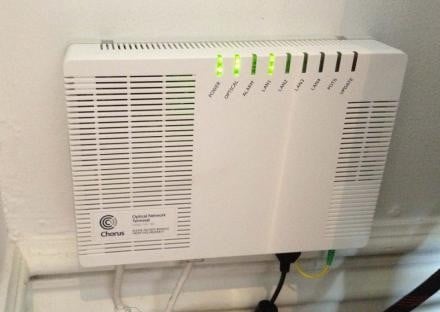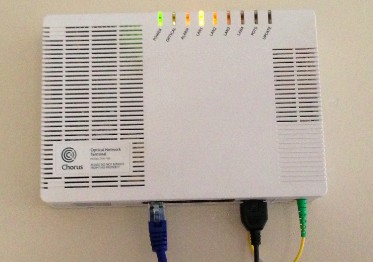yitz:mattgreen:You need to think of it in terms of the medium being available or not available for transmit/receive in each split second.
The minimum handover for UFB at a POI is 1Gb though right? One would assume Snap would have buckets of bandwidth relative to customers in the catchment areas so shouldn't be a problem.
which at 30 megabit is approximately 2500 packets/second for 1500 byte packets.
>>> ((30 * 1000 * 1000) / 8 / 1500)
2500
>>> ((30 * 1000 * 1000) / 8 / 1500) * 1460 / 1024
3564
With a transfer speed of up to around 3.5 megabytes/sec.
But how many packets one can send in 1 millisecond is anyone's guess. 2.5? 5?
Normal Linux is now sending 10 packets in initial burst, so at gigabit speeds that is 0.12 msec to send 10 packets on an uncongested gigabit link. but if you can send 2.5 packets in 1 msec, then you need to send the 10 packets over 4 msec ..
Then to be able to evenly disperse packets you need to be cycling through looking for new packets to send at 1000 times/sec or more, for each connection which can have some overhead. Really in order to target against jitter, it has to be more often than that even, and to keep checking to see if there's new stuff in the queue like voip and sending that in advance. Although I'm assuming Chorus take care of that if you tag it on the CIR queue, which means you're more ok buffering for 10 to 20 msec.




